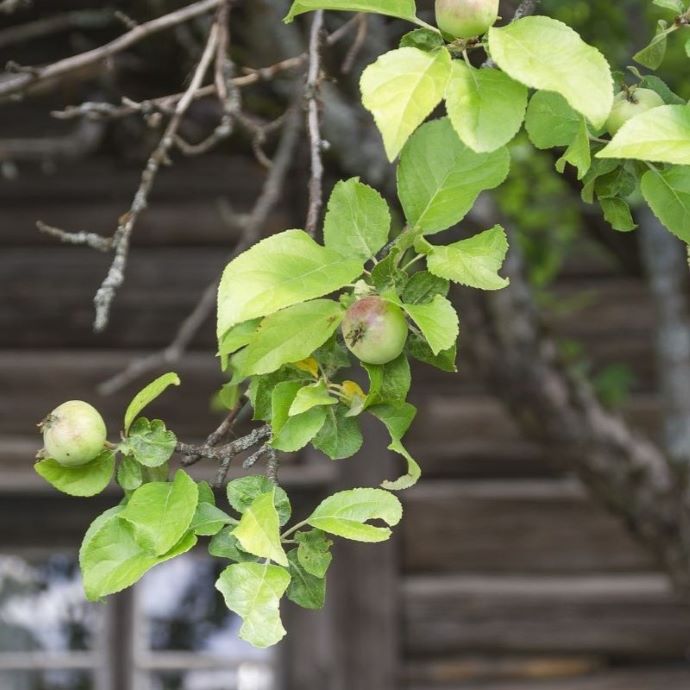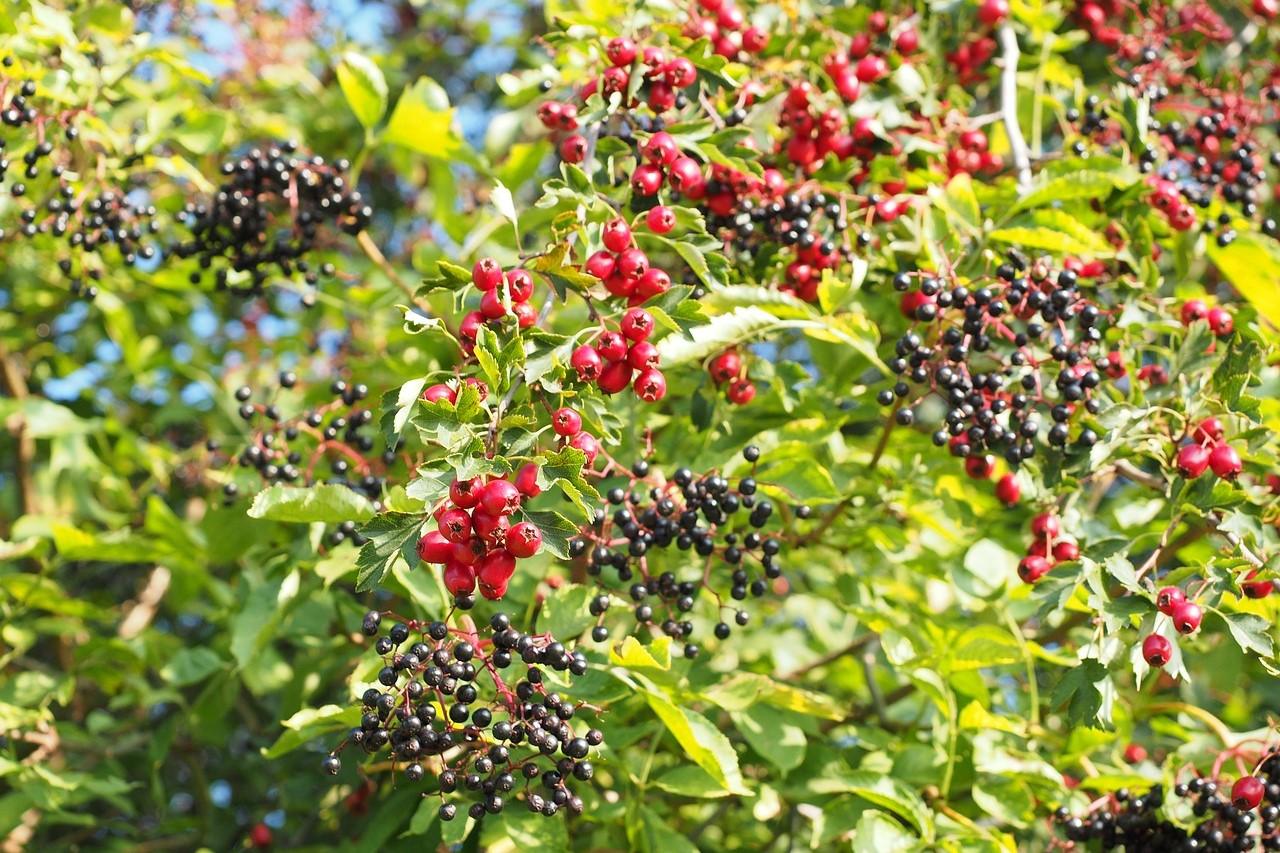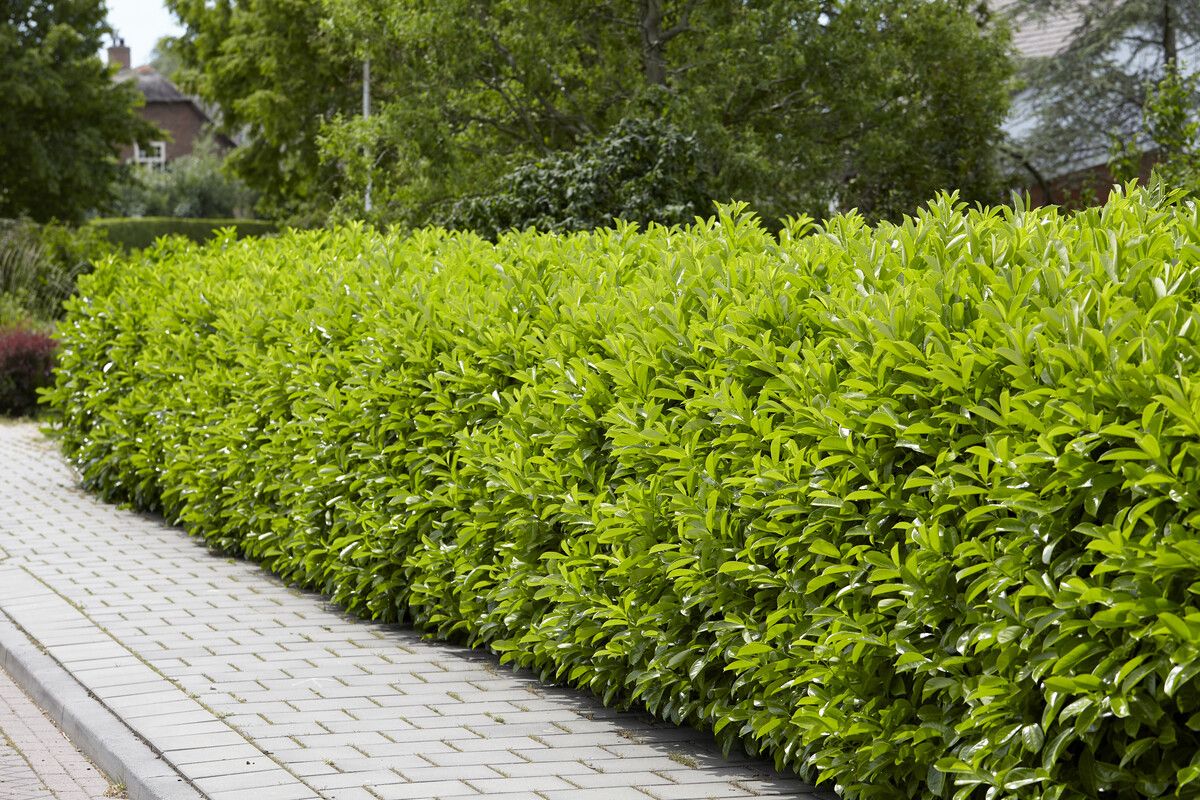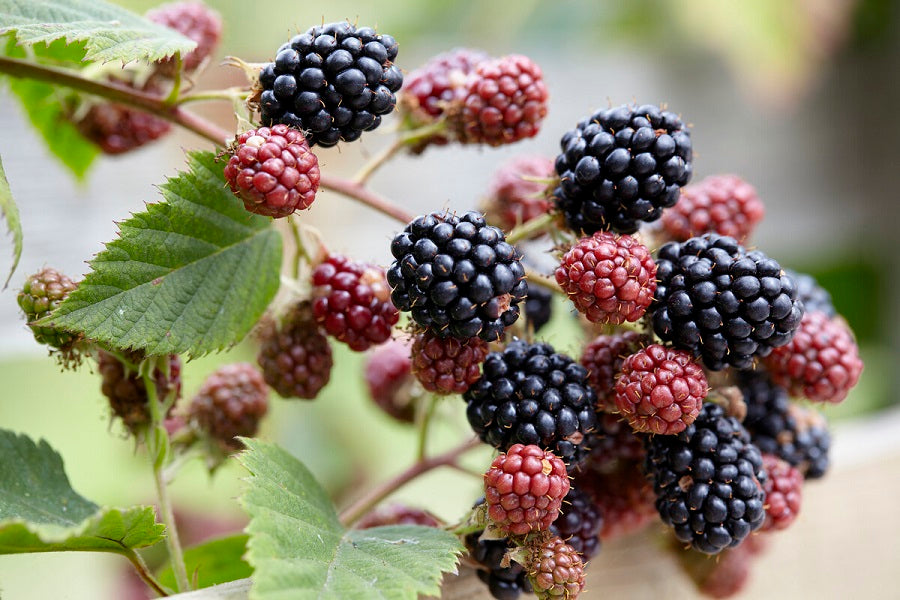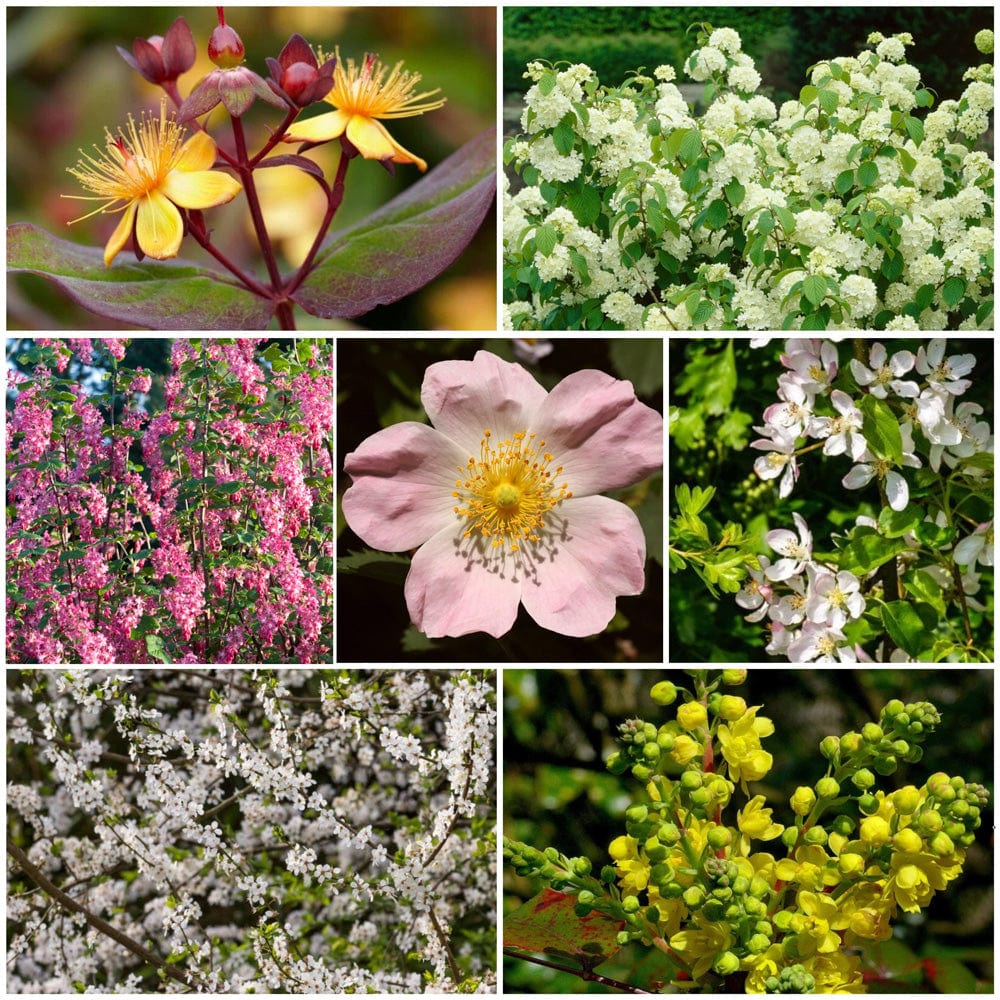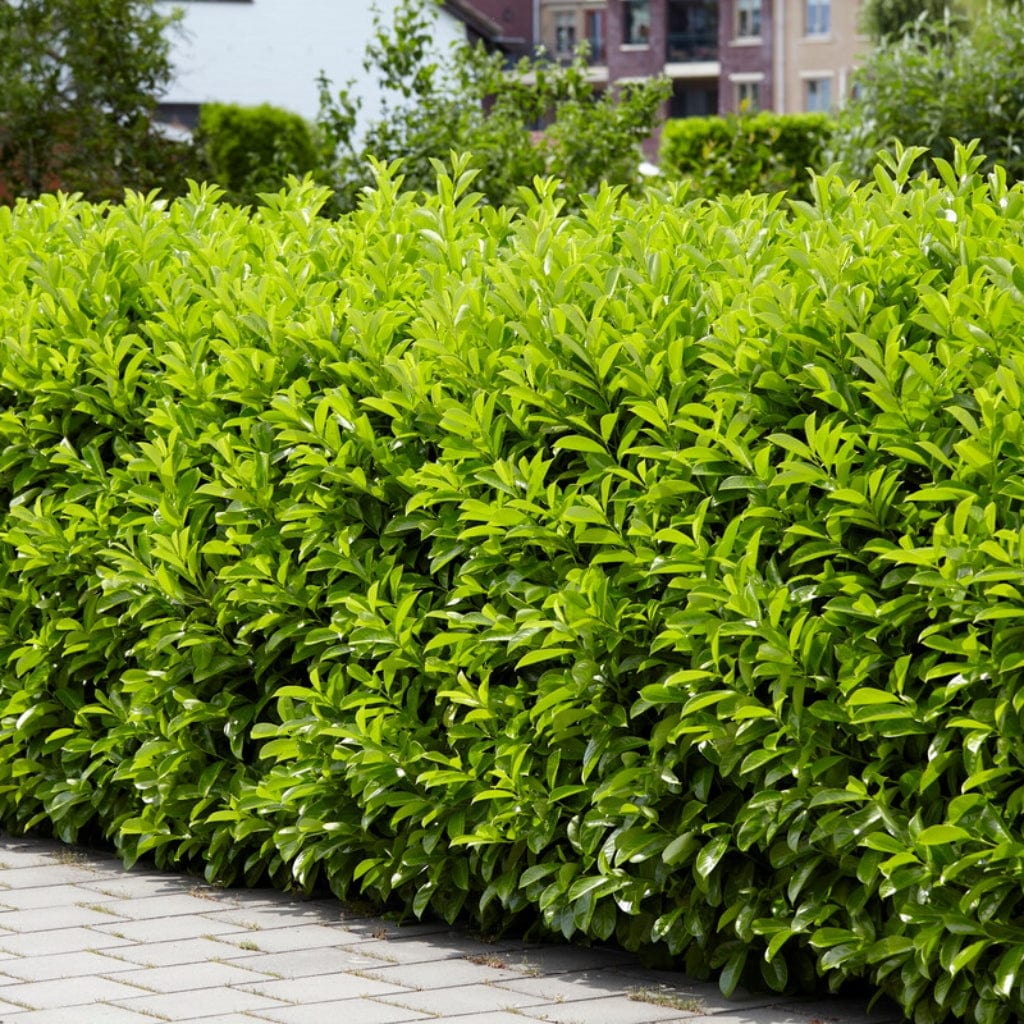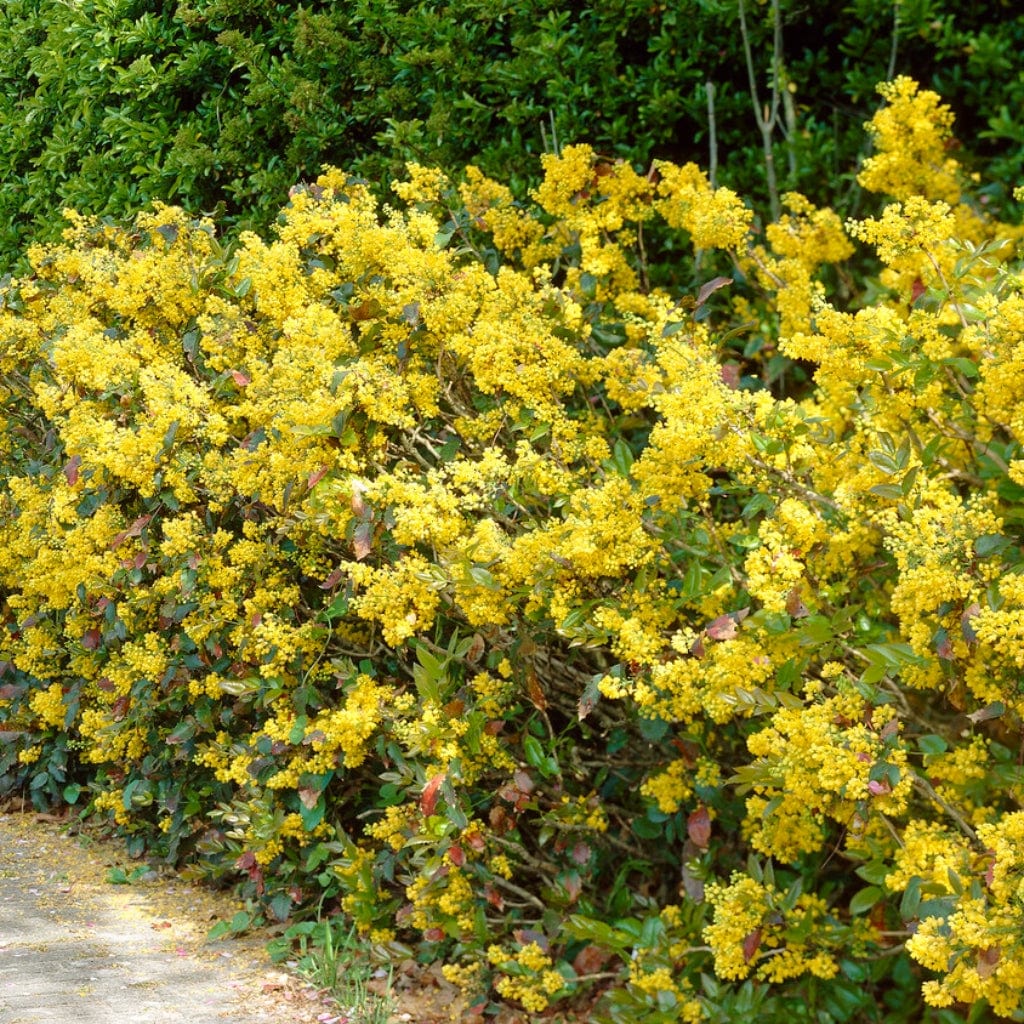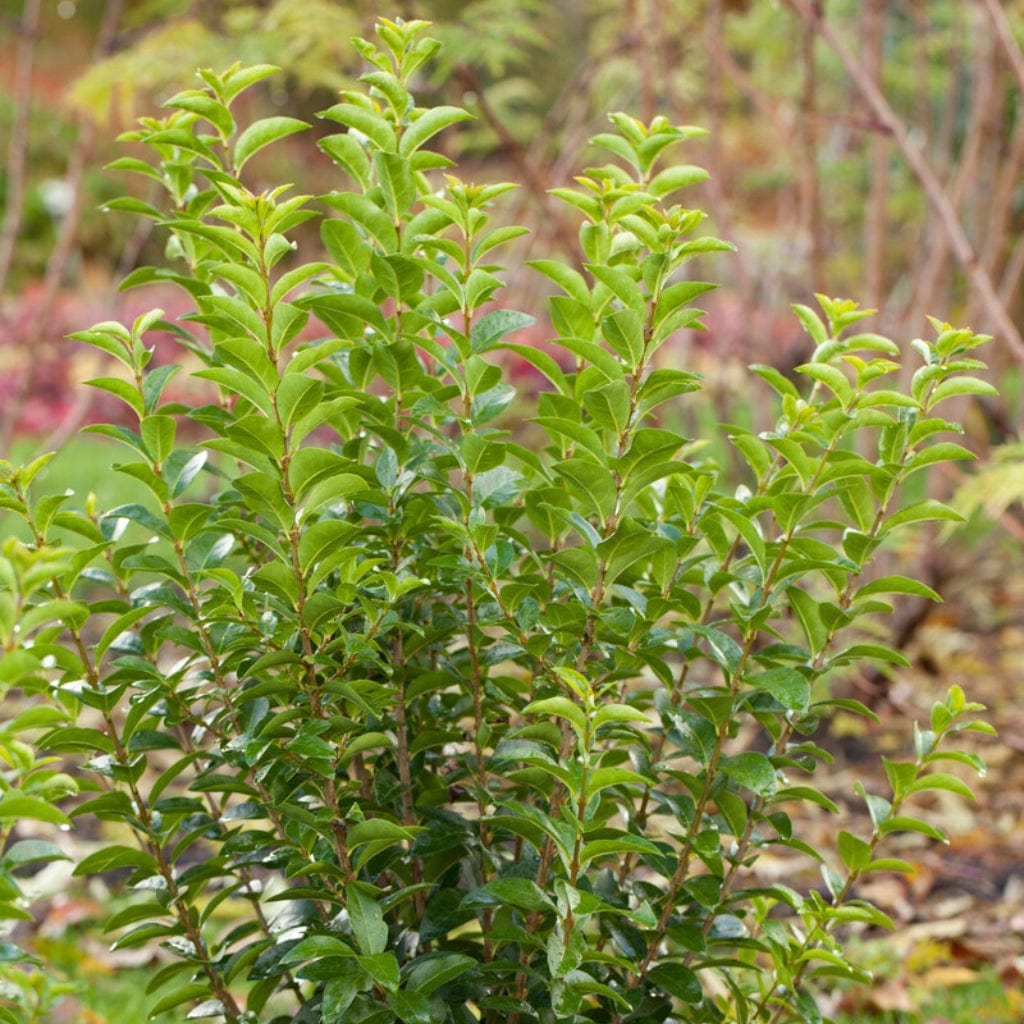Advice & Inspiration
Which Are the Best Hedge Plants for Your Garden?
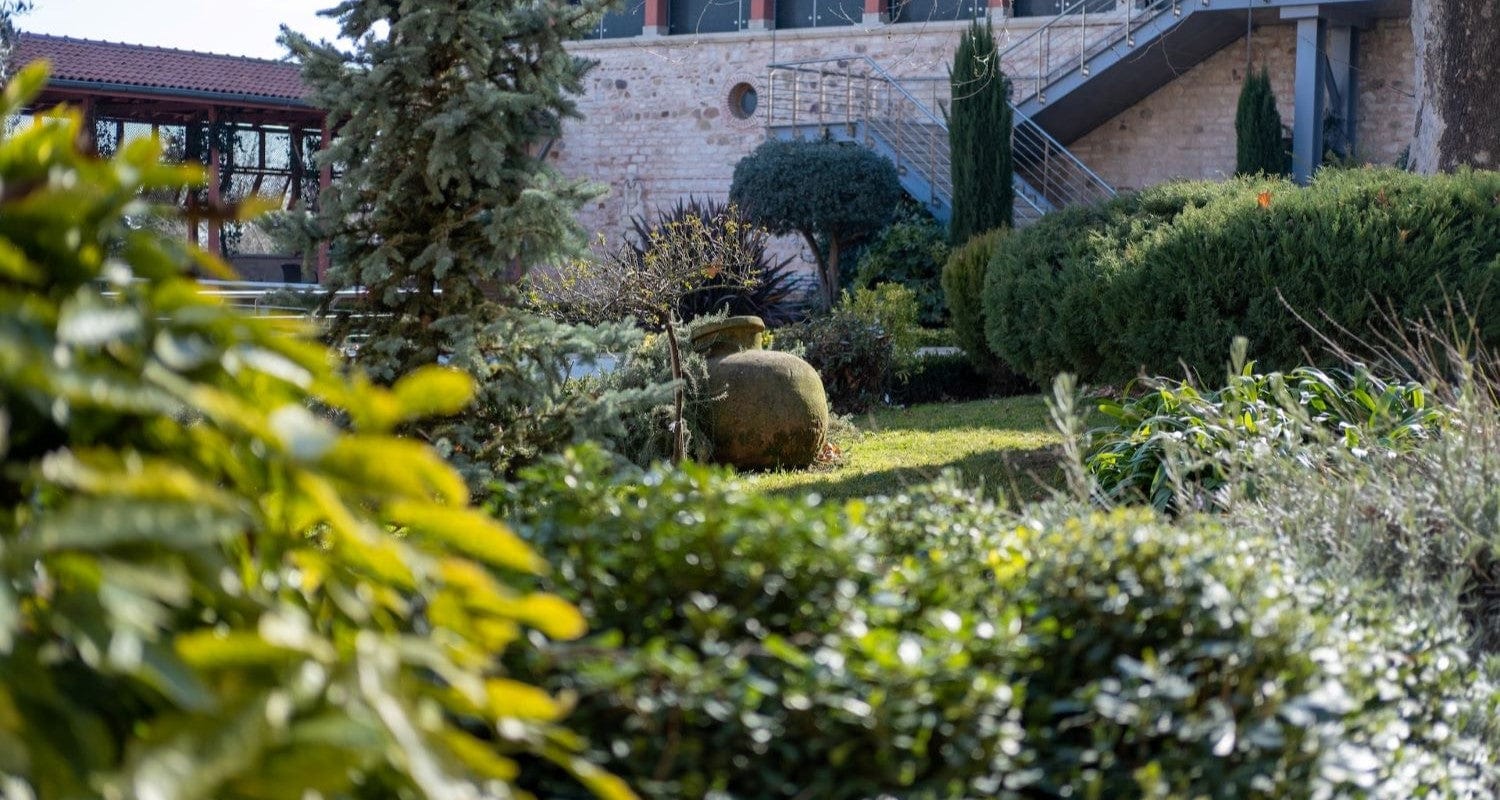
Are hedges the most versatile (if underappreciated) plants in the garden? There are so many reasons to grow one. They make the best boundaries, but they also have hidden talents. Hardy, long lasting and great for wildlife, a hedge can also give you privacy from your neighbours, reduce pollution and is much more windproof than a fence.
But which is the best hedge for your garden? We’ve done the research so you don’t have to. And by research I mean we just asked our growers, John and Josh, who grow over 300,000 trees and hedging plants a year. They know they’re not supposed to have favourites but we managed to get them to talk! And if you really can’t choose, or just love variety, we’ve also put together collections of all the best for each purpose in one pack.
Jump to:
- Best hedge for wildlife
- Best evergreen hedge
- Best fast growing hedge
- Best coastal hedge
- Best edible hedge
- Best flowering hedge
Best hedge for wildlife: Hawthorn
The best hedge plants for attracting wildlife to your garden are those which are native to the UK, and Hawthorn is our top choice, for the sheer number and variety of species it supports. Over 150 insect species call Hawthorn their home, and it also provides food (those insects I just mentioned) and nesting space for birds including thrushes, blackbirds, blue tits and yellowhammers. In spring it’s covered in clouds of scented white blossom, which is followed in autumn by red fruits called haws which are also a big hit with the birds. Its sharp thorns also make it an effective barrier hedge.
Check out our Mixed Native Wildlife Hedging Pack.
Best evergreen hedge: Photinia Red Robin
Evergreen doesn’t have to mean green. Not all year round, anyway! The ever popular and instantly recognisable Photinia has glossy foliage that emerges bright red then matures to dark green, meaning that you’ll usually see a mixture of both colours on your hedge. You’ll also see clusters of small ivory white flowers in spring. This RHS award winning hedge grows to a compact 2.5-4m, making it perfect for a low hedge in a small garden - plant it in full sun for the best leaf colour.
Best fast growing hedge: Cherry Laurel
If you need your hedge yesterday, Cherry Laurel is your friend, with a growth rate of up to 60cm per year, up to an ultimate height of 6-9m (although it’s easy to keep it to a lower height). Cherry Laurel isn’t just about the speed - it also boasts glossy bright green leaves, 12cm long racemes of lacy white flowers in spring and Christmassy red berries in the winter. It’s tough, great for screening out neighbour noise and even grows in shade. Note this is the best, not the fastest growing - that would be good old Leylandii. If you go for Leylandii, remember to trim it regularly as it can reach 30m tall and get you an ASBO.
Check out our Fast Growing Evergreen Hedging Wildlife Mix.
Best coastal hedge: Sea Buckthorn
Coastal gardens can have issues with harsh winds, wet soil and salty air, so it’s important to choose plants that can deal with - and thrive in - these conditions. Sea Buckthorn is an attractive solution, with striking silvery foliage and tiny yellow flowers in spring. It can reach a height of 6m, but is easy to keep as a hedge at 1-4m. The best part comes in summer, when Sea Buckthorn is covered in clusters of edible berries that are high in vitamin C and can be used in pies, juices and preserves. According to Greek legend, they were the favourite food of the winged horse Pegasus!
Check out our Mixed Coastal Hedging Pack.
Best edible hedge: Blackberry
Hawthorn, crabapple, sweet cherry, blackthorn, hazelnut, cherry plum, raspberry, sweet chestnut, black elder and cherry dogwood are all great edible plants for hedges, but for sheer taste, versatility - and ok, nostalgia - it has to be blackberry. Cultivated blackberry plants will behave much more obligingly than their wild relations and give you bigger, better tasting fruit with fewer thorns. Or why not plant a mixture and create a hedgerow feast? Pick them before the birds do!
Best flowering hedge: Eglantine Rose
There are so many great flowering hedges to choose from, but we don’t think you can beat a lovely wild rose. Eglantine rose ticks all the boxes, with apple scented leaves, sprays of scented pink roses in the summer and orange hips that stay on the branches well into winter. No surprise that this is a highly attractive plant for wildlife, with food for pollinators and birds alike and thorns that provide a safe nesting place. Hardy and shade tolerant, it’ll grow well even in coastal areas and reaches a very manageable 3m.
If you want a hedge that flowers at a different time of year, check out our recommendations.








